Moving with Elderly Family Members: Tips for a Stress-Free Move
Get a free Moving Quote
We will get back to you as soon as possible.
Please try again later.
Moving with elderly family members can be very tricky , and it’s so much different from your ordinary residential move. However, with proper planning and organization, it can also be a smooth and stress-free experience. When you have what Zapt Movers San Francisco offers, you don’t have to worry about the heavy lifting and other parts of relocation. But it takes so much more to have a successful move with your elderly. Let’s take a look at how to approach relocating with elderly family members and make it as easy as possible for everyone.
Make sure that everyone is involved with the move
It is essential to involve all family members in the moving process, including the elderly ones. Communicate with them about the move, listen to their concerns, and include them in decision-making. This involvement will make them feel valued and alleviate their anxiety about the transition. From picking the right senior movers San Francisco based to how to schedule the entire relocation, there are a lot of factors where your family can help you out. Above all, they’re the ones that are moving, so keeping them involved will make it easier on them. Nobody likes feeling useless in such important and difficult situations, so involve your elderly family in some kind of decision-making.
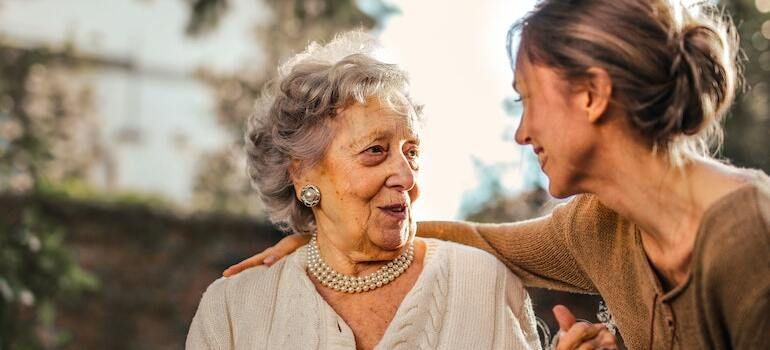
Medical needs should be your top priority
Before the move, consult with your loved one’s healthcare professionals to ensure that all medical needs are addressed. Transfer medical records, prescriptions, and contact information for doctors to the new location. Research healthcare facilities in the new area and make necessary arrangements to ensure continuity of care. Your ordinary local movers San Francisco residents recommend can’t handle the move as well as senior moving experts. And even on top of that, as their family member, you will know their situation best. For that reason, make sure to take out some of your time and tend to their medical needs during the moving process.
Pick the right type of home for your elderly
When choosing a new home, consider the specific needs of your elderly family members. Accessibility is crucial, so look for a home that is single-level or has accommodations for mobility devices. Access to amenities like hospitals, pharmacies, and community centers is also important. Making the new environment comfortable and familiar will ease the transition. You need to think about this as in advance as you possibly can. Even before you start looking for reputable residential movers San Francisco based, you want to ensure your family members have the right home waiting for them. On the other hand, there are some housing options for seniors that you might want to consider if they need additional support, such as:
- Active adult communities
- Independent living communities
- Assisted living residences
- Nursing homes
Decluttering and downsizing can be very helpful
Moving presents an excellent opportunity to declutter and downsize belongings. Help your elderly family members go through their possessions and decide what to keep, donate, or discard. Downsizing can make the move more manageable and reduce clutter in the new home. Having fewer things to move means buying fewer moving boxes San Francisco has to offer and that you’ll have to use. Overall, it can make your move easier on your pockets and the organization of the whole process. However, make sure that you know what you’re getting rid of. The items of your elderly are like a treasure trove. They have items full of memories, so as we mentioned, make sure to involve your elderly family in the process of decluttering.

Keep both packing and unpacking organized
Create a detailed packing plan to ensure a smooth process. Label boxes clearly and include a list of contents for easy reference and to simplify the unpacking process. Prioritize packing essential items that your elderly family members will need immediately upon arrival. Similarly, maintain an organized approach when unpacking to set up their new living space quickly. You don’t want to waste any time as moving with elderly family members can have a huge impact on the relocation. By being considerate and planning out the packing and unpacking, you can make a huge difference in the dynamic of the relocation process.
Even emotional support can have a big impact
Moving can be emotionally challenging for anyone, especially for elderly individuals leaving behind familiar surroundings. It’s never easy to change your location, especially if you have vulnerable seniors going through the process. Offer emotional support and reassurance throughout the whole move. Spend quality time with your loved ones, reminiscing about the past and discussing the exciting opportunities the new location holds. Staying in touch with your loved ones even after the relocation will be a big step in the positive direction. Let your elderly family members know that you’ll be there for them and that they can count on you.
Moving with elderly family members? Then hire experts for help
Consider enlisting the assistance of professional movers experienced in moving elderly individuals. They can provide specialized services, such as handling fragile items, furniture assembly, and even arranging belongings in the new home. Make sure to pick an FMCSA-licensed moving company that you can trust. Their expertise will make the move more efficient and minimize physical strain on everyone involved. Above all, they will have everything from the right approach to moving the elderly to having the right materials and equipment.
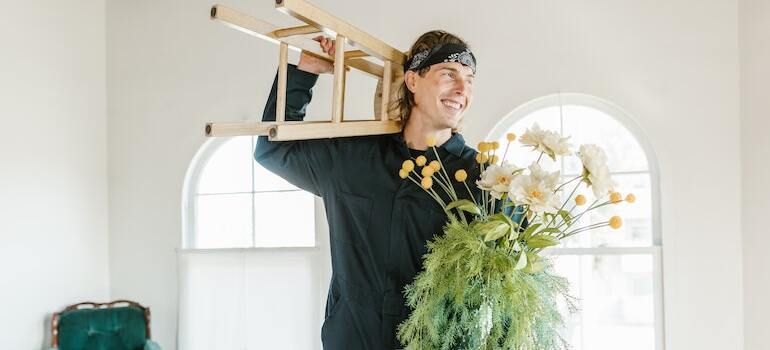
Keep the process of moving stress-free
If you plan on moving with elderly family members, it will require careful planning and consideration. By putting the needs of your loved ones on a pedestal, you can greatly simplify the whole process. Keep in mind that everything needs to go at the pace of your elderly. There’s no rushing into anything, and you want to take the move one step at a time. With proper preparation, the transition to a new home can be a positive and enriching experience for all. We’re sure that at the end of it all, everyone will be able to have a smile on their faces.
References:
The post Moving with Elderly Family Members: Tips for a Stress-Free Move appeared first on Zapt Movers.
Recent Posts
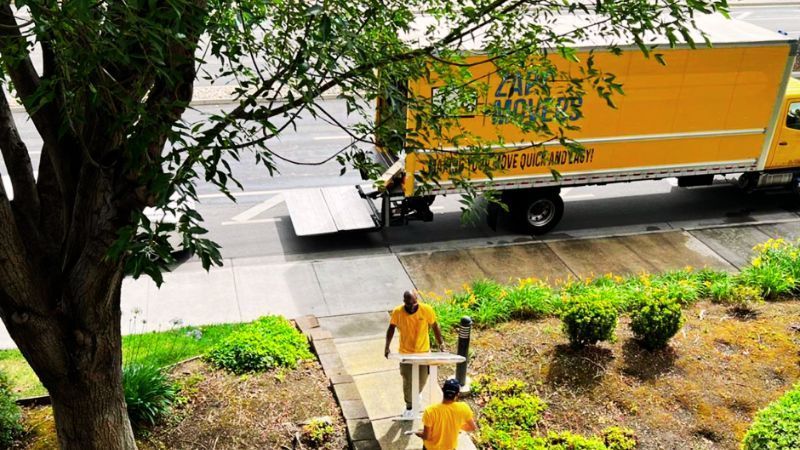
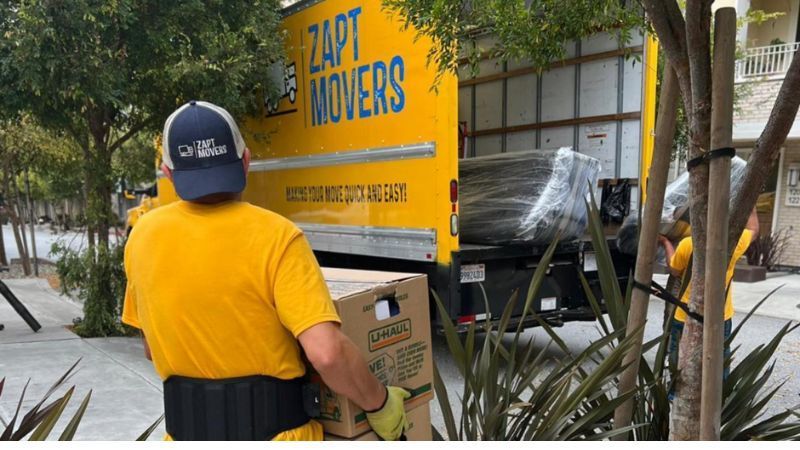

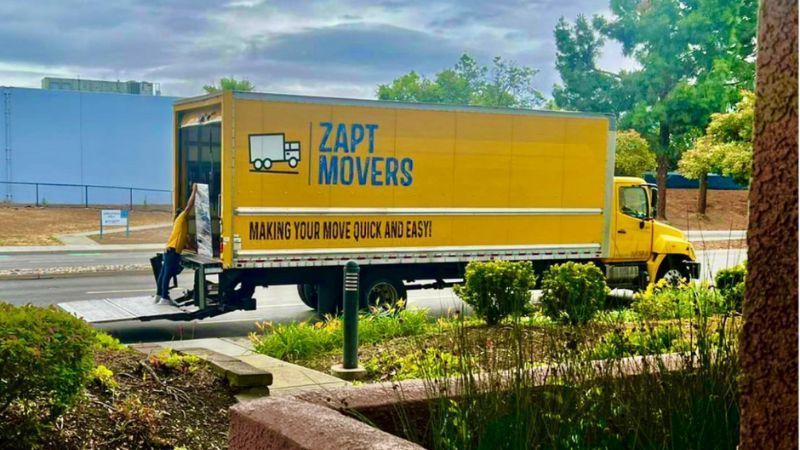

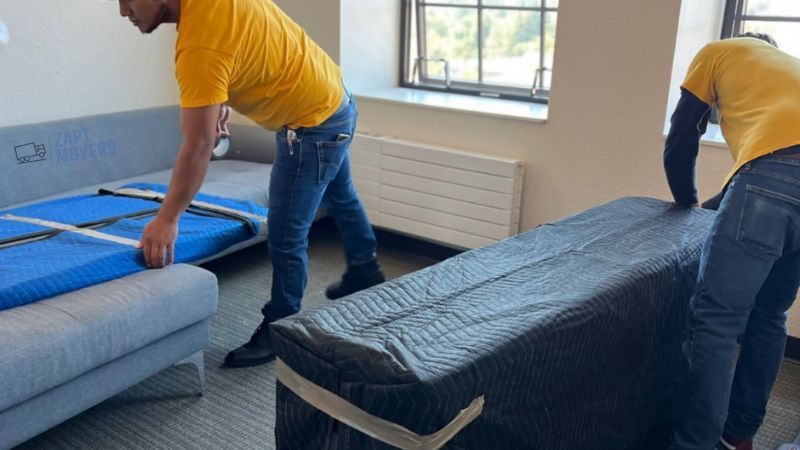







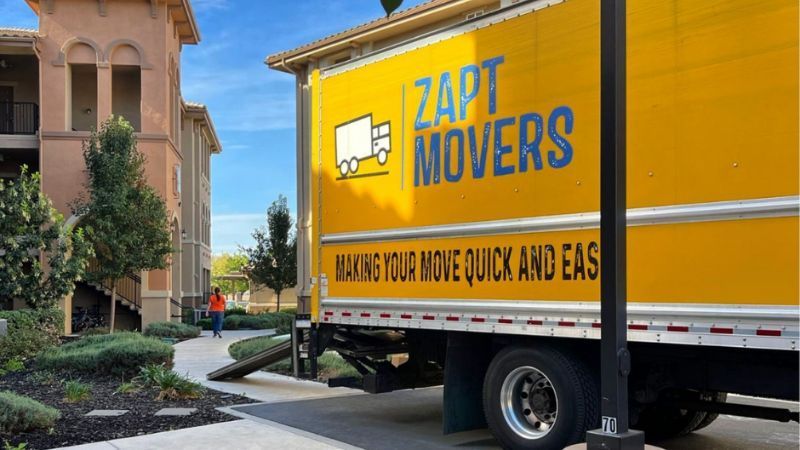


Areas We Serve
Solano County
Contra Costa County
Napa County
Alameda County
Marin County
San Francisco County
Santa Clara County
Areas We Serve
Solano County
Contra Costa County
Napa County
Alameda County
Marin County
San Francisco County
Santa Clara County

San Mateo County
San Diego
Useful Links
Home
Services
About Us
Blog
Contact Us

© Copyright 2024 | All Rights Reserved | Zapt Movers | DOT Number 3438977 | Local State License CAL-T0192235
